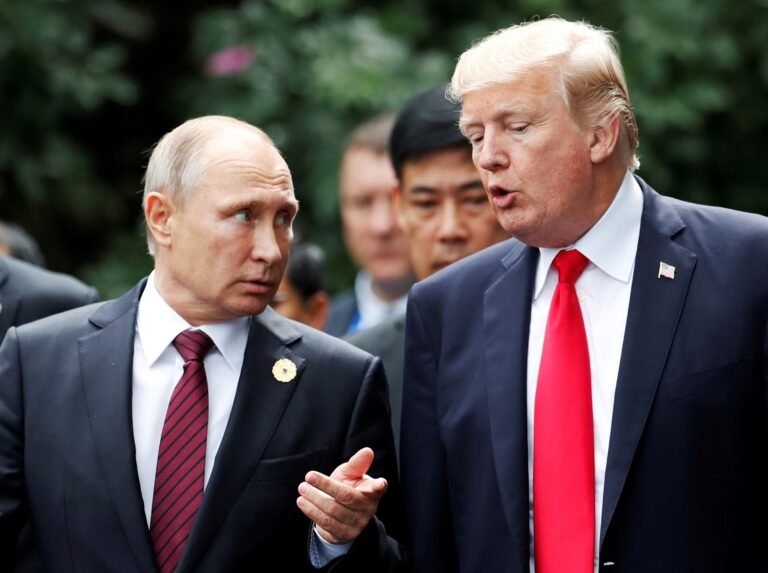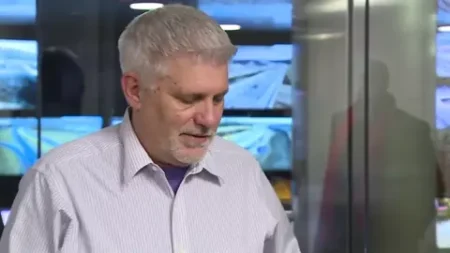President Donald Trump’s recent threat to impose 100% tariffs on countries that buy oil from Russia is unlikely to be carried out, according to several energy analysts and trade experts. The policy, which aims to pressure Moscow into agreeing to a peace deal with Ukraine within 50 days, faces strong headwinds due to its potential to cause a surge in global oil prices.
The tariff proposal mirrors a similar warning issued in March against countries buying oil from Venezuela. That measure, however, has not been enforced, and Venezuela’s oil exports have risen sharply, especially to China.
Trump said earlier this month that unless Russia accepts a significant peace deal by early September, countries purchasing Russian oil could face heavy tariffs. But many in the energy sector and within policy circles see this move as unlikely to go beyond rhetoric.
Fernando Ferreira, director of geopolitical risk at a leading consultancy, believes the strategy could backfire. “Secondary tariffs may be too blunt of a tool to use on Russia,” he said. He explained that blocking 4.5 million barrels of oil per day from the global market could create sharp price hikes and risk an economic crisis.
Clay Seigle, an expert in energy and global policy, warned that enforcing the 100% tariff could disrupt supply and lead to even higher oil prices. “Trump is very sensitive to high oil prices and will want to avoid that outcome,” Seigle noted. He also highlighted that Trump prefers to make one-on-one deals, which offer more room to maneuver than a broad trade policy that restricts flexibility.
Industry insiders suggest that the tariff threat is more likely aimed at creating pressure than implementing a real trade shift. Energy markets responded cautiously to the announcement, with many traders dismissing the threat as posturing. “Some U.S. trade partners may, just like oil traders, dismiss this as grandstanding,” Seigle said.
Trump’s own comments following the announcement further reduced expectations of strict enforcement. On July 16, two days after the tariff threat, he said the current oil price of $64 per barrel was ideal and credited it with helping to keep inflation low. He added that the administration hoped to reduce prices slightly more, emphasizing price control as a policy goal.
These statements show a clear contradiction. Implementing such tariffs would likely raise global oil prices quickly. Higher energy costs would in turn fuel inflation, undercutting Trump’s efforts to promote economic stability heading into the next election cycle.
Trump’s handling of Venezuela’s oil policy adds to the skepticism. Despite strong language in March warning of tariffs on buyers of Venezuelan oil, none have materialized. In fact, Venezuelan exports have continued to grow, showing the gap between rhetoric and policy execution.
Global oil markets remain fragile. Supply chains are still adjusting from earlier disruptions, and any major change in flow could cause unpredictable price swings. Imposing wide-reaching tariffs on Russian oil buyers would not only affect adversaries, but also important U.S. trading partners. That includes countries like India and China, which are unlikely to comply and could retaliate with their own economic measures.
Experts agree that while Trump’s language is bold, the political and economic costs of enforcement are high. For now, the tariff threat appears to be more of a negotiating tool than a final decision.
With oil prices playing a direct role in inflation and consumer confidence, most analysts believe Trump will avoid drastic steps that could unsettle the market. For a president focused on economic messaging, spiking fuel prices may prove too risky.







